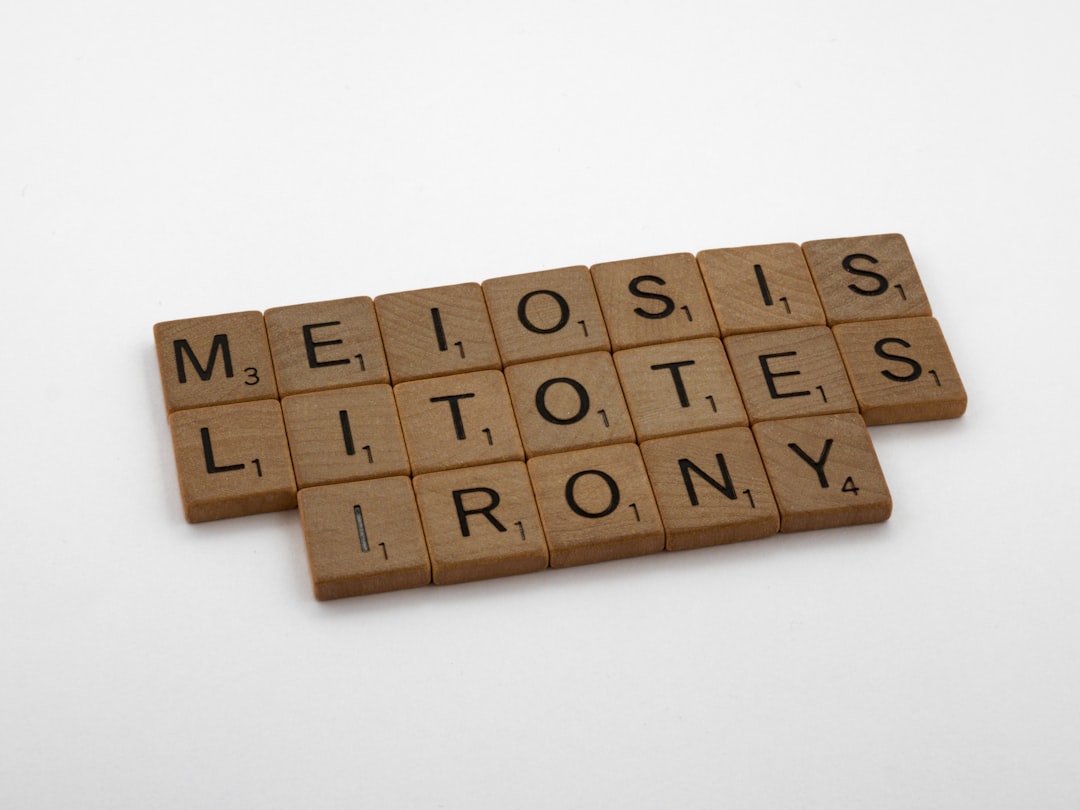What is it about?
We propose a model that simulates associative learning and memory, based on findings showing that the brain learns trough disinihibitory processes, rather than excitatory ones. Our model, Disinhibition Account of the Conditioned Response (DACR), successfully simulates how disinhibition drives associative learning and memory in a wide range of well established and more controversial conditioning procedures.
Featured Image

Photo by Milad Fakurian on Unsplash
Why is it important?
The originality of our work is that it integrates our current understanding of neural disinhibitory mechanisms into a model of associative learning and memory. This is particularly important, because our model generates new predictions, at both neural and behavioral levels, based on brain mechanisms discovered recently. Equally important, a more biologically relevant model of associative learning and memory should prove useful in our understanding of mental diseases associated with learning and memory dysfunctions.
Perspectives
Our model DACR, based on recent findings at the neural level, supposes that our brain already contains all potential associations between events and outcomes through pre-wired inhibited neural circuits. Specific neural circuits can be disinhibited by experience, which in turn drives behavior. This implies the notion that all potential associations that shape our behaviors, are already present in our brain in an inhibited state. It would be interesting to generate and assess new reinforcement learning algorythms based on DACR.
Youcef Bouchekioua
National University of Singapore
Read the Original
This page is a summary of: Disinhibition account of the conditioned response (DACR)., Psychological Review, February 2024, American Psychological Association (APA),
DOI: 10.1037/rev0000465.
You can read the full text:
Resources
Contributors
The following have contributed to this page










